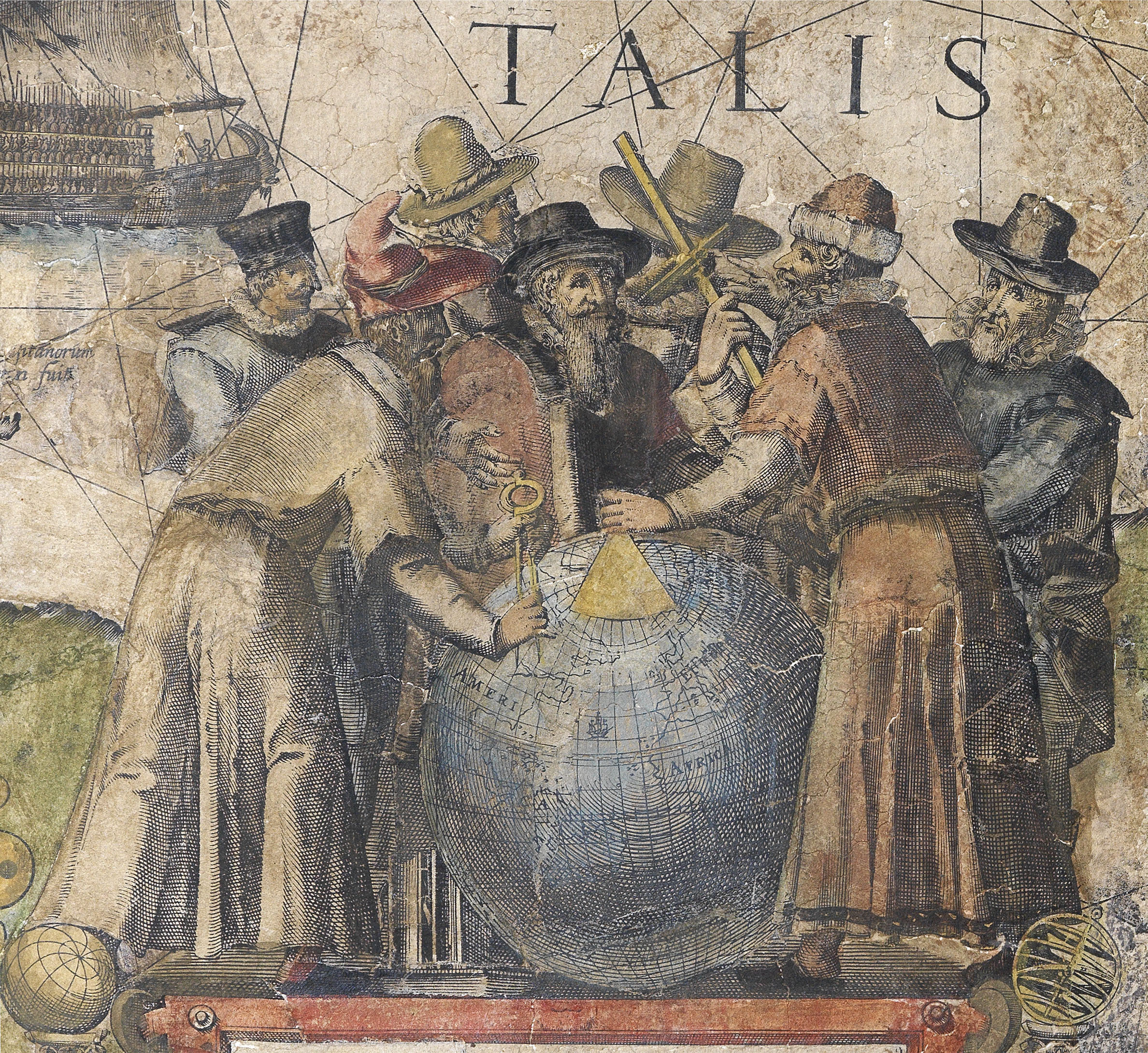John Ainslie
(1745 - 1828)

John Ainslie was born in Jedburgh, in the Scottish Borders, in 1745; he was apprenticed to the London mapmaker, map and print-seller and publisher Thomas Jefferys in 1762 for £52. 10s., a considerable sum for an apprenticeship, but commensurate with Jefferys’s status within the map and print-trade and as Geographer to King George III.
It is here, it is assumed, that he first learned the talents that made him the greatest British land-surveyor of his generation; Jefferys would have taught him the mechanics of the map and print-trade, engraving but most significantly surveying and mapmaking.
As the Seven Years’ War and its American phase, the French and Indian War, drew to a close, Jefferys turned his attention away from military mapping, to large-scale surveys of the English counties, with Ainslie and a fellow apprentice, Thomas Donald, taking a leading role. They produced maps of Bedfordshire (c1765; six sheets), Buckinghamshire (1770; four sheets), Cumberland (1770; six sheets) and Yorkshire (1772; twenty sheets).
This phase was restricted by Jefferys’s financial problems (he nearly went bankrupt in 1768) and then his death in 1771. At that point Ainslie returned to Scotland, establishing himself in business in Edinburgh as a land surveyor and publisher, hoping to build up an extensive cartographic business in Scotland. His plans proved too ambitious to be achieved, but he was a careful businessman who, when he died, left a substantial estate of £8,976 to his daughters Catherine and Mary, as well as an important corpus of printed and manuscript maps.
His first published map in Scotland was a four-sheet plan of his birthplace, Jedburgh (1771), but he is best known for the sequence of large-scale county maps: Selkirk Shire (1773), Fife and Kinross (1775), Wigtown or the Shire of Galloway (1782), Forfar or Shire of Angus (1794), Kirkcudbrightshire (1797), Renfrew (1800) and issued proposals (1804) for one of Ayrshire apparently never completed.
These, however, were only a small part of his output; he produced a standard textbook on surveying, Comprehensive Treatise on Land Surveying, comprising the theory and practice in all its branches and a series of multi-sheet charts of the coasts of Scotland for His Majesty’s Inspector of Customs; in 1776 he launched an unsuccessful subscription appeal to finance a globe-making venture, but he was also at the forefront of surveying and mapping new engineering projects, notably canals, but also harbours. Then, as a shopkeeper, he prepared pocket maps: small plans of Edinburgh and environs (including an important four-sheet plan of Edinburgh and Leigh in 1803), maps of Scotland, maps of the roads of England and Scotland.
While these were all important maps in their own right, perhaps the single greatest achievement of his career was his nine-sheet wall map, Scotland drawn and engrav’d from a series of Angles and Astronomical Observations, published in 1789, which was quite simply the best map of Scotland published to date. There were several later printings, improved with the addition of survey work done by Ainslie, and others, after 1789.
 地图
地图  地图集
地图集  珍本
珍本  版画
版画  天文仪器
天文仪器 






